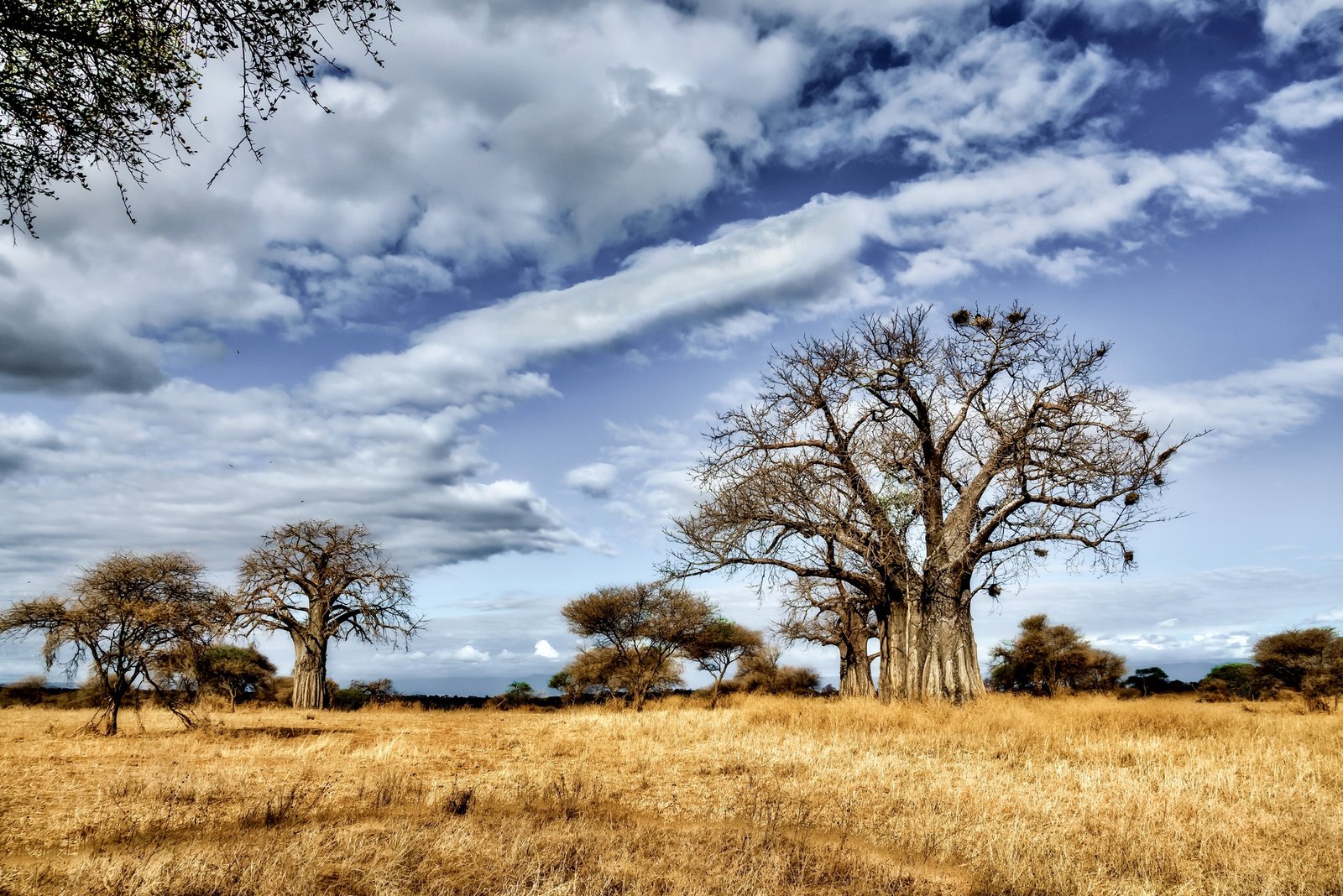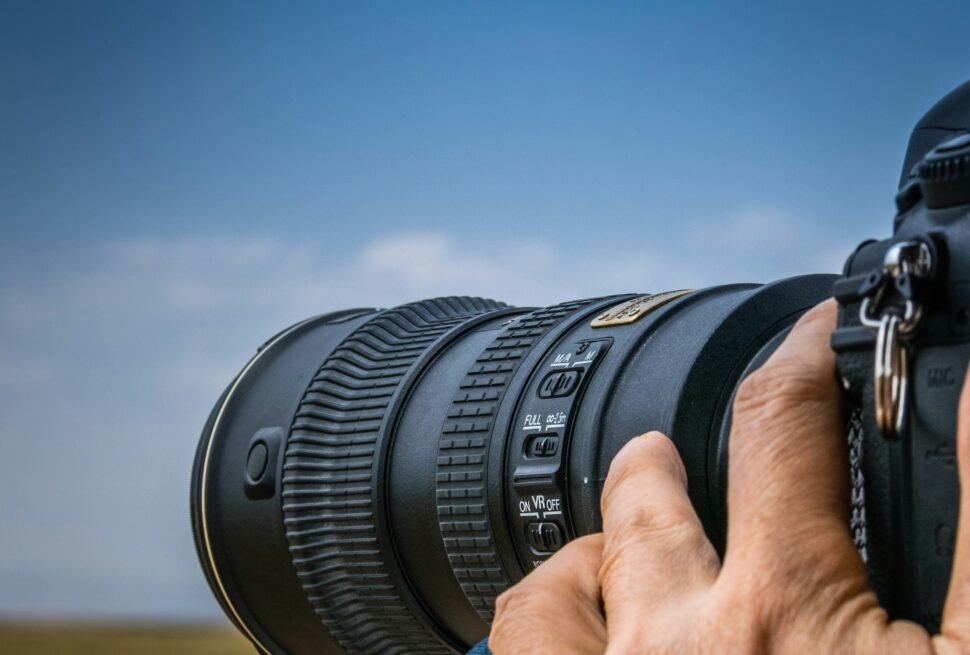Tanzania is one of Africa’s most iconic safari destinations, boasting world-class wildlife experiences, rich cultural traditions, and stunning landscapes that range from the snow-capped peak of Mount Kilimanjaro to the sun-drenched plains of the Serengeti. With so many parks and habitats—each with its own rainfall patterns, animal movements, and high or low seasons—pinning down the best time to visit can be challenging. That said, knowing the nuances of Tanzania’s climate, migration cycles, and park dynamics allows you to plan a trip that maximizes wildlife sightings and overall enjoyment.
This article explores the best times to visit Tanzania for a safari, covering:
- The general climate and weather patterns
- Month-by-month highlights, including the iconic Great Migration
- Specific regions and their seasonal advantages
- The impact of visitor traffic, costs, and conservation
- Practical considerations to help you decide when to go
By the end, you will have a detailed picture of Tanzania’s seasonal variations and how they shape the safari experience, helping you find a travel window that aligns with your interests—whether that’s witnessing dramatic river crossings, enjoying lush green scenery, or avoiding the crowds.
1. An Overview of Tanzania’s Climate and Regions
1.1 Dry Season vs. Rainy Season
Tanzania’s climate generally oscillates between two main seasons:
- Dry Season (June to October)
- Marked by minimal rainfall, lower humidity, and thinning vegetation.
- Wildlife tends to concentrate around rivers and waterholes, making them easier to spot.
- Skies are often clear, and daytime temperatures range from mild to hot, cooling down at night—particularly in higher elevation parks like the Ngorongoro Crater rim.
- Wet or Green Season
- Divided into two rainy periods:
- Short Rains (November to December): Typically brief, scattered showers.
- Long Rains (March to May): Heavier downpours and more persistent rainfall.
- Vegetation becomes lush, but wildlife can spread out across parks.
- Birdlife is exceptional, as migratory species arrive.
- Fewer tourists, often leading to lower rates.
- Divided into two rainy periods:
1.2 Main Safari Circuits
Tanzania’s safari landscape is commonly divided into two main circuits:
- Northern Circuit
- Includes iconic destinations such as the Serengeti, Ngorongoro Crater, Lake Manyara, and Tarangire National Park.
- Famous for the Great Migration in the Serengeti and the Big Five sightings in Ngorongoro.
- Well-developed tourism infrastructure and easy logistics for first-time safari-goers.
- Southern Circuit
- Centers on parks like Selous Game Reserve (now part of Nyerere National Park), Ruaha National Park, and Mikumi National Park.
- Less visited, offering a more secluded safari experience.
- Great for walking safaris, boat safaris, and observing rarer species (wild dogs, for example).
There are also western parks (like Katavi and Mahale Mountains) known for off-the-beaten-path adventures and chimpanzee trekking, but the Northern and Southern Circuits host the majority of visitors. Each region experiences slightly different rainfall patterns, so timing can vary.
2. Month-by-Month Guide
Below is a more detailed look at Tanzania’s safari seasons, month by month, highlighting typical weather, peak wildlife encounters, and any special considerations.
2.1 January and February
- Weather and Landscape:
- Generally hot and relatively dry, though brief showers can occur.
- This period straddles the tail end of the short rains, so the countryside is green but precipitation is lighter than in the long rains.
- Wildlife Highlights:
- Southern Serengeti Calving Season: A major draw for many, especially photographers. Wildebeests and zebras converge on the Serengeti’s southern plains to give birth. The abundance of newborns attracts predators like lions, cheetahs, and hyenas, leading to intense predator-prey interactions.
- Birdlife remains strong with many migratory species present.
- Crowds and Costs:
- Moderately busy in the Serengeti, as the calving season is a spectacle.
- Lodges and camps in some parts of the north can be more expensive but less crowded than peak dry season (June–October).
2.2 March
- Weather and Landscape:
- Transition to the long rains typically starts in mid-to-late March.
- Expect occasional downpours and more cloud cover, but early March can still be mostly dry.
- Wildlife Highlights:
- Wildebeest calving continues into early March. Predators remain active around the herds.
- Many animals thrive on the lush grass, making for scenic photographs.
- Crowds and Costs:
- Visitor numbers begin to drop towards the end of the month as the rainy season sets in.
- Some lodges may offer reduced rates in anticipation of the long rains.
2.3 April and May (Long Rains)
- Weather and Landscape:
- The heaviest rainfall, often with showers lasting a few hours daily or spanning entire afternoons.
- Vegetation is lush, scenery is verdant, and skies can be dramatic—though roads may become muddy and more challenging to navigate.
- Wildlife Highlights:
- Due to thick vegetation, animals can disperse. However, they remain in the parks, just less concentrated.
- Birding is excellent, with many species nesting or still present from migratory flocks.
- Photographic opportunities can be spectacular for those who don’t mind rain.
- Crowds and Costs:
- This is low season for tourism. Parks are much quieter, often leading to more intimate wildlife encounters.
- Many lodges offer “green season” discounts, and some remote camps may close temporarily due to access difficulties or low demand.
- Who It Suits:
- Keen birdwatchers, budget travelers, and photographers who value lush backdrops and fewer crowds.
- Must be prepared for potential disruptions from rain.
2.4 June to October (Dry Season)
- Weather and Landscape:
- Clear skies, sunshine, and minimal rainfall.
- Vegetation shrinks as the season progresses, making wildlife more visible around remaining water sources.
- Evenings and mornings can be surprisingly cool, especially in highland areas (Ngorongoro, Kilimanjaro foothills).
- Wildlife Highlights:
- Great Migration River Crossings (July–September): Wildebeests and zebras attempt to cross the Grumeti and Mara Rivers in the Northern Serengeti (and across the border in Kenya’s Masai Mara). These dramatic crossings often feature crocodile and predator action.
- In Tarangire, massive herds of elephants cluster around the Tarangire River from July onwards.
- The Ngorongoro Crater sees consistent wildlife concentrations all year, but visibility is better in the dry months.
- Crowds and Costs:
- Peak safari season. Expect more tourists, especially in popular areas like Serengeti National Park and Ngorongoro Crater.
- Lodges can be fully booked well in advance, with premium rates.
- Who It Suits:
- First-time safari-goers who want to ensure high densities of wildlife and dry, pleasant weather.
- Travelers aiming to see the famous river crossings.
2.5 November to December (Short Rains)
- Weather and Landscape:
- Light rains return, but these are often in the form of quick afternoon showers rather than day-long drizzles.
- Vegetation starts to revive, and dust levels drop after the intense dryness of September–October.
- Wildlife Highlights:
- The Great Migration moves southward from Kenya’s Masai Mara back into the Serengeti. It’s less chaotic than river crossing season but still impressive.
- Tarangire’s elephant herds begin dispersing, though many animals remain in or around the park.
- Crowds and Costs:
- Visitor numbers drop somewhat, though the holiday season in late December can bring a surge in tourism.
- Some lodges offer shoulder-season rates before the December holiday spike.
- Who It Suits:
- Travelers wanting to witness the migration’s journey back to the southern Serengeti but with fewer crowds and less expense than peak season.
- Birdwatchers, as migratory species start returning or passing through.
3. Seasonal Highlights and Considerations
3.1 The Great Migration Phases
The Great Migration is a year-round event, but it moves across the Serengeti ecosystem in a roughly cyclical pattern:
- Calving (January–March): Southern Serengeti (Ndutu region). Thousands of calves are born daily, attracting predators.
- Long Rains (April–May): The herds move northwest or remain in the central Serengeti.
- River Crossings (July–September): Grumeti River (western corridor) then Mara River (northern Serengeti). One of the most famous and dramatic periods, with frantic crossings and predators waiting.
- Migration Back South (October–December): The herds head toward southern plains again, often crossing back from Kenya’s Masai Mara into northern Serengeti.
Pro Tip: If your main goal is to see river crossings, focus on July–September. For calving and predator action, go between January and March. Keep in mind that nature is unpredictable, so the exact timing of each phase may shift with rainfall patterns.
3.2 High Season vs. Low Season Trade-Offs
- High Season (June–October, plus Christmas/New Year)
- Advantages: Reliable game viewing, comfortable climate, chance of seeing the Great Migration’s crossings.
- Drawbacks: Higher prices, crowded lodges, need for early bookings.
- Low/Green Season (April–May, plus parts of November)
- Advantages: Lush landscapes, fewer tourists, reduced rates, outstanding birding, unique photo opportunities.
- Drawbacks: Possible rain-related road closures, wildlife less concentrated, occasional lodge closures.
4. Park-Specific Timing
While Tanzania’s seasons shape the overall safari landscape, certain parks shine during particular months:
- Serengeti National Park
- Best for Calving: January–March in the southern plains.
- River Crossings: June–September in the western or northern corridors.
- Year-Round: Central Serengeti (Seronera area) hosts resident wildlife even outside migration peaks.
- Ngorongoro Crater
- Wildlife remains in the crater year-round, so there is no “bad” month to visit.
- Dry Season (June–October) typically offers clearer views, while the crater floor can be lush during the green season.
- Early mornings can be foggy and cold, so layered clothing is advisable.
- Tarangire National Park
- Peak Elephant Season: July–October, as large herds gather around the Tarangire River.
- Green season can also be enjoyable with fewer crowds, and you still see plenty of wildlife.
- Lake Manyara National Park
- Known for tree-climbing lions (though sightings are never guaranteed) and flamingos.
- Dry Season (June–October) often offers easier wildlife spotting, but the wet season creates vibrant scenery.
- Selous Game Reserve (Nyerere National Park) and Ruaha National Park (Southern Circuit)
- Typically best visited in the dry months (June–October) when animals congregate along rivers.
- Fewer tourists year-round compared to the north, making even high season quieter.
- Western Circuit (Katavi, Mahale Mountains)
- These remote parks often have limited access during heavy rains (April–May), so June–October is popular.
- Mahale is known for chimpanzee trekking, best done in the dry months when forest trails are less muddy.
5. Visitor Traffic, Pricing, and Reservations
5.1 Peak Season (June–October, December Holidays)
- Visitor Experience:
- You may encounter more vehicles at major sightings.
- Some parks (like the Serengeti or Ngorongoro) can feel crowded at popular viewpoints.
- Pricing:
- This is the most expensive time for accommodations, flights, and tour packages. Some premium lodges can double their rates.
- Booking Tips:
- Plan 6–12 months ahead if you want specific lodges or times (like crossing season).
- Private camps, especially those overlooking prime migration corridors, can fill up quickly.
5.2 Shoulder Season (November, March)
- Visitor Experience:
- Less busy, weather transitions from dry to short rains or from short rains to long rains.
- Wildlife still present, with the migration on the move.
- Pricing:
- Lodges often offer mid-range or discounted rates.
- Good compromise between cost savings and decent weather.
5.3 Low/Green Season (April–May)
- Visitor Experience:
- Parks are quiet, lush, and scenic, but rainfall can be significant.
- Some camps in remote areas close due to impassable roads.
- Pricing:
- Some of the best deals of the year, often 20–50% cheaper than high season.
- Pros and Cons:
- Fantastic for photographers who love vibrant landscapes and dramatic skies.
- Expect potential rain disruptions, but if you can handle unpredictability, it can be very rewarding.
6. Practical Considerations
6.1 Balancing Your Safari Goals
- Wildlife Variety vs. Single Iconic Species
- If your priority is the Great Migration’s river crossings, then the July–September window is essential.
- If you want the spectacle of calving season, focus on January–March in southern Serengeti.
- Budget vs. Comfort
- Dry-season safaris provide more guaranteed sightings but come at a premium.
- Wet-season safaris offer cost savings and fewer crowds but require tolerance for rain.
- Photography vs. Birdwatching vs. Culture
- Photographers may love green season for its dramatic skies and fewer tourists.
- Birders might focus on the wetter months (November–April) when migratory species abound.
- If you plan to combine safari with cultural visits (like the Maasai in Ngorongoro region), consider periods when roads are more reliable and local communities are accessible.
6.2 Combining Multiple Regions or Extensions
Some travelers may combine a Tanzanian safari with:
- Beach Getaway: A post-safari beach extension in Zanzibar is popular, offering turquoise waters and coral reefs. December–March or July–October are usually favorable for Zanzibar’s beach weather.
- Mountain Trek: Climbing Mount Kilimanjaro pairs well with a safari. The best climbing seasons are January–March or June–October to avoid heavy rains.
- Cross-Border Trips: Combining Tanzania’s northern parks with Kenya’s Masai Mara requires coordination of each country’s high/low seasons.
6.3 Health and Safety
- Malaria Precautions: Tanzania has malaria-risk areas, so consult your doctor for prophylaxis, especially if traveling during rainy months when mosquitoes can be more prevalent.
- Vaccinations: Yellow fever, Hepatitis A, and Typhoid shots may be recommended or required, depending on your travel history and entry requirements.
- Travel Insurance: Protect your investment given the high cost of safari packages. Policies that cover trip cancellation, medical evacuation, and lost luggage are advised.
7. Making Your Decision: A Season-by-Season Synopsis
Below is a succinct summary to help you align your preferences with Tanzania’s seasonal patterns:
- January–February
- Pros: Calving season, predator action, moderately fewer crowds than peak.
- Cons: Weather can be hot; possible short rains.
- Who It Suits: Photographers, big cat enthusiasts, those seeking baby wildebeests and zebras in southern Serengeti.
- March
- Pros: Continuation of calving, transition to low season, some discounts.
- Cons: Increasing rainfall late in the month.
- Who It Suits: Those flexible on rain and wanting lingering benefits of calving season.
- April–May (Long Rains)
- Pros: Green landscapes, minimal crowds, lower rates, excellent birding.
- Cons: Heavy downpours, some roads and lodges may be inaccessible.
- Who It Suits: Budget-conscious travelers, avid birders, experienced photographers after unique conditions.
- June–October (Dry Season)
- Pros: Peak wildlife visibility, Great Migration crossings (July–Sept), stable weather.
- Cons: Highest costs, busiest parks, must book in advance.
- Who It Suits: First-timers, travelers seeking the classic safari experience, minimal rainfall.
- November–December (Short Rains)
- Pros: Refreshing showers, fewer tourists, migration returning south.
- Cons: Showers can limit game drives; mid-December can get crowded due to holidays.
- Who It Suits: Value seekers who still want a mix of good wildlife viewing and moderate crowds.
8. Crafting Your Ideal Tanzanian Safari
In Tanzania, no single month is universally perfect for all travelers. Instead, each period offers a unique set of trade-offs. If you yearn for the intensity of predator chases and dramatic river crossings, the peak dry season from July to September will likely be your prime window. If you prefer a quieter, less expensive safari with lush scenery, the green season (April–May) might be your ticket—even if it carries some risk of rain. Those who dream of witnessing newborn wildebeests at the dawn of life should aim for late January into early March.




